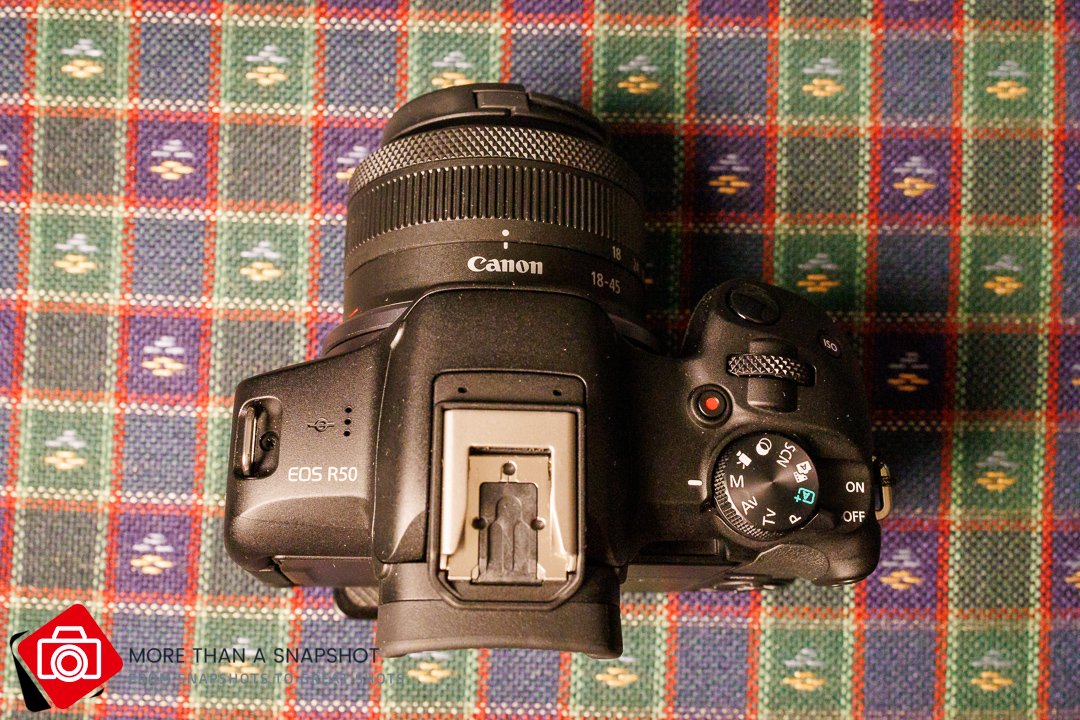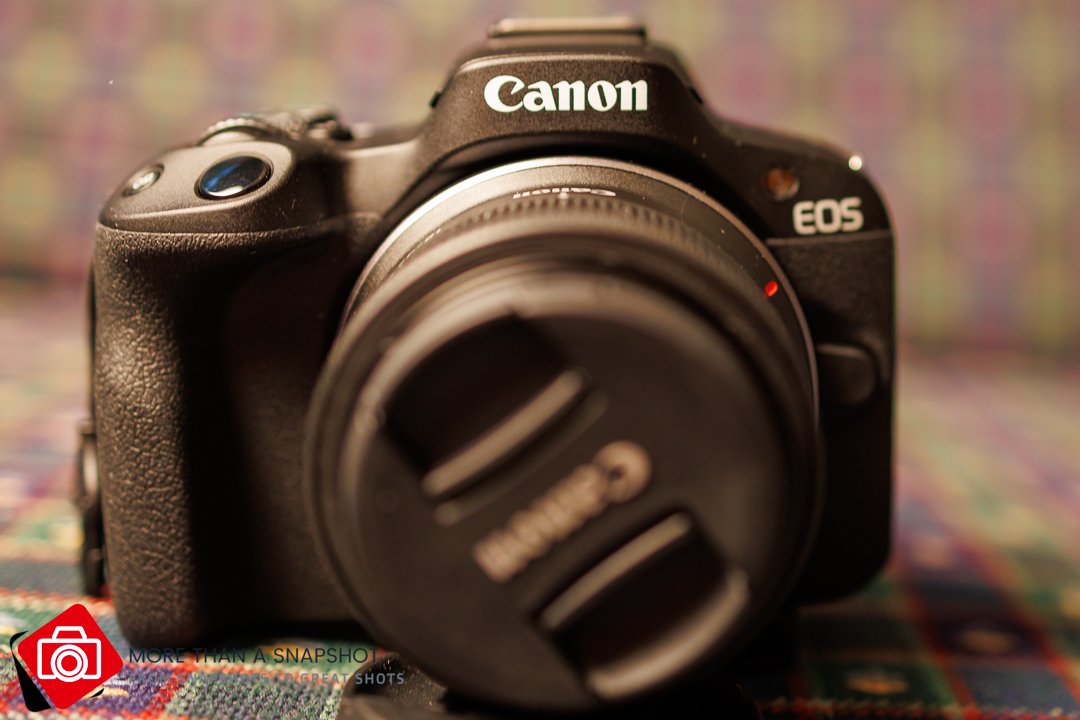How to Shoot in Manual Mode on a Canon Mirrorless Camera
Gary Detonnancourt
Aspiring photographers often shy away from shooting in manual mode because it can seem overwhelming and complicated. However, once you understand the benefits of manual mode and how to use it, you can take your photography skills to the next level. In this blog post, we'll provide a comprehensive guide to shooting in manual mode on a Canon mirrorless camera.
Benefits of Manual Mode
Shooting in manual mode gives you complete control over your camera settings, including aperture, shutter speed, and ISO. This control allows you to achieve your desired image and creative vision without relying on automatic settings. Additionally, manual mode is ideal for tricky lighting situations, such as low-light or high-contrast scenes.
Camera Settings Overview
Here's a breakdown of the settings you will need to adjust when shooting in manual mode:
Aperture - determines the depth of field (the range of focus) in your image. A wider aperture (lower f-stop number) creates a shallow depth of field and blurs the background, while a narrower aperture (higher f-stop number) creates more depth of field and keeps everything in focus.
Shutter Speed - controls how long the shutter stays open. A faster shutter speed freezes motion, while a slower shutter speed creates motion blur.
ISO - determines the camera's sensitivity to light. A higher ISO is ideal for low-light situations, but it can cause noise in the image.
Tips for Shooting in Different Lighting Conditions
Bright Sunlight: Use a narrow aperture (higher f-stop) to balance the bright sunlight and keep everything in focus.
Low Light: Use a wider aperture (lower f-stop) to let in more light, and increase the ISO to compensate for the lack of light.
High Contrast Scenes: Use spot metering to meter off your subject's face or the brightest part of the scene. This technique will ensure that the important areas are properly exposed.
Post-Processing Images Shot in Manual Mode
When shooting in manual mode, you may need to adjust your images in post-processing to achieve your desired result. Use editing software such as Adobe Lightroom or Photoshop to adjust exposure, contrast, and color.
Conclusion
Shooting in manual mode on a Canon mirrorless camera can be intimidating at first, but the benefits are well worth the effort. By understanding the camera settings and how they affect your final image, you can achieve your creative vision and take your photography skills to the next level. Remember to adjust your settings for different lighting conditions, and don't be afraid to experiment with different techniques and styles. With practice, shooting in manual mode will become second nature, and your images will show the difference.







